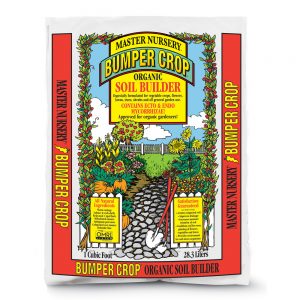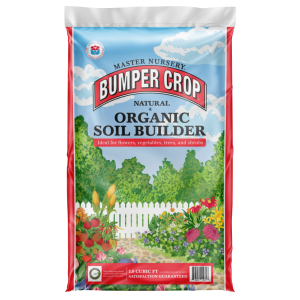In spring, female butterflies will be primarily concerned with finding their species’ specific host plants on which to lay fertilized eggs. Instinctively, they know they must locate plants to ensure their caterpillars have appropriate food for survival after hatching. Both male and female butterflies will be looking for flowers with nectar for their own survival. And they will be searching for shelter from rainy or windy weather, a sunny place for basking, and a water source. Because many natural butterfly habitats in North America are disappearing at an alarming rate, it is becoming increasingly difficult for butterflies to find these necessities of life.
Following these pointers, starting a butterfly garden can be simple and rewarding. The most important thing you can do as a gardener is plant both nectar and host plants. Providing host plants for caterpillars to feed on will allow you to watch the metamorphosis from caterpillar to chrysalis to butterfly. So, do not discourage caterpillars. They may make your garden plants look bad, but it’s usually only temporary. Most important – do not use pesticides! You may be killing off the very insects you made the garden for. And you don’t have to have a large area to get a response. Just a few select plants will spur some action. Choose the sunniest spot possible for your butterfly garden. It could be any size or shape; even a short border will work. Combining woody shrubs, perennials, and annual flowers works best, but using just a few plants can still yield results. Planting a section of wildflowers is an easy way to cover a problem area and lure some butterflies to your yard. If you don’t have room for a garden, fuchsia, petunia, or impatiens hanging baskets will attract butterflies and hummingbirds.
The following is a list of plants that attract butterflies:
Woody shrubs:
- Butterfly Bush (Buddleja)
- Deutzia (Deutzia)
- Glossy Abelia (Abelia)
- Japanese Privet (Ligustrum)
- Lilac (Syringa)
- Spirea (Spiraea)
- Weigela (Weigela)
Vines:
- Honeysuckle (Lonicera)
- Trumpet vine (Campsis)
Perennials:
- Aster (Aster)
- Butterfly Weed (Asclepias)
- Carnation (Dianthus)
- Coneflower (Echinacea)
- False Sunflower (Heliopsis)
- Joe-Pye weed (Eutrochium)
- Shasta Daisy (Leucanthemum)
- Yarrow (Achillea)
Annuals & Perennials:
- Alyssum (Lobularia)
- Balsam (Impatiens)
- Cosmos (Cosmos)
- Dahlia (Dahlia)
- Fuchsia (Fuchsia)
- Geranium (Pelargonium)
- Heliotrope (Heliotropium)
- Lantana (Lantana)
- Marigold (Tagetes)
- Petunia (Petunia)
- Portulaca (Portulaca)
- Salvia (Salvia)
- Snapdragon (Antirrhinum)
- Vinca (Catharanthus)
- Zinnia (Zinnia)
Tips:
- Plant all your pollinator plants using Master Nursery® Bumper Crop® Soil Builder [Eastern & Midwestern Regions | Western Region]. This premium soil amender, blended explicitly for your growing region, will ensure your pollinator plants’ health, vigor, productivity, and longevity.
- To ensure the health and safety of your backyard butterflies and their caterpillars, fertilize your pollinator garden with Master Nursery® Bumper Crop® Rose and Flower Food. This organic plant food is a blend of natural ingredients designed to encourage sturdy growth and an explosion of blooms.
Remember, any garden, large or small, even a single container, can become a butterfly habitat with just a little planning.
Need more gardening inspiration? Click here.






